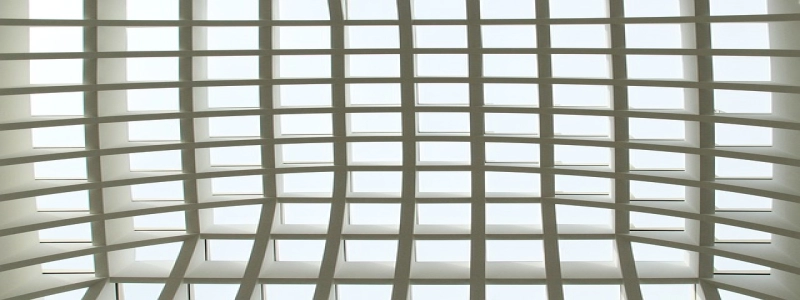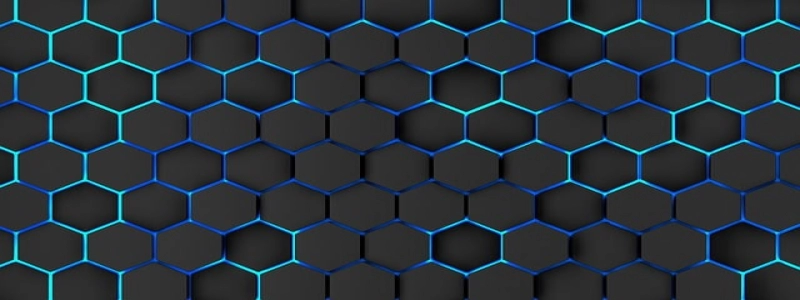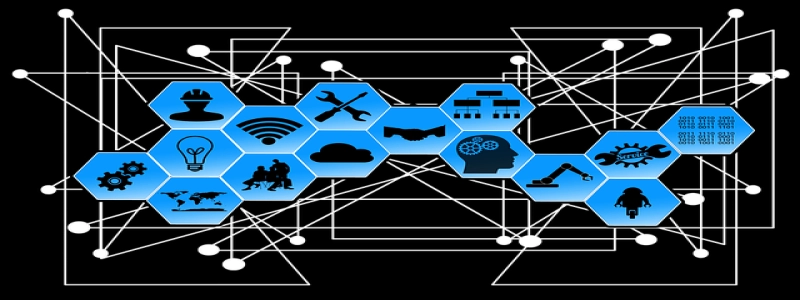Wireless DMX Transceiver: Revolutionizing Lighting Control
Introduction:
In today’s rapidly evolving technological landscape, the use of wireless systems has become increasingly prevalent across various industries. One such innovation is the wireless DMX transceiver, which has revolutionized the way lighting control is implemented. This device has simplified setups, enhanced flexibility, and improved overall efficiency in managing lighting systems. This article delves into the multiple benefits and applications of wireless DMX transceivers, shedding light on their importance in modern lighting control.
1. What is a Wireless DMX Transceiver?
1.1 Definition:
A wireless DMX transceiver is a compact device that enables the transmission and reception of DMX (Digital Multiplex) signals over a wireless network. It functions as a wireless bridge between a lighting console or controller and a DMX-enabled light fixture, offering substantial advantages over traditional wired connections.
1.2 Components:
A typical wireless DMX transceiver consists of an antenna, transmitter, receiver, and various control interfaces. These components work together to establish a robust and reliable wireless communication link between the lighting console and the lighting fixtures.
2. Benefits of Wireless DMX Transceivers:
2.1 Eliminates the Need for Cables:
One of the most significant advantages of wireless DMX transceivers is the elimination of cumbersome DMX cables. Wireless transmission allows for greater flexibility in setup and dismantling of lighting systems, reducing time and effort required during installation.
2.2 Enhanced Mobility:
Wireless DMX transceivers enable lighting designers and operators to freely move around the venue without the restraint of cables. This flexibility enhances creativity and the ability to test lighting effects from different vantage points, ultimately leading to more dynamic and visually captivating shows.
2.3 Simplified Setup:
Setting up a lighting system becomes a hassle-free process with wireless DMX transceivers. No longer are technicians required to meticulously route cables or deal with cable management. This streamlined setup saves time and resources, allowing for faster deployment of lighting systems.
2.4 Scalability:
Wireless DMX transceivers provide seamless scalability, making it easier to expand lighting setups in the future. Additional fixtures can be effortlessly integrated into the existing wireless network, without the limitations imposed by physical DMX cables.
2.5 Reliability:
Modern wireless DMX transceivers utilize advanced protocols and technologies to ensure a reliable and uninterrupted transmission of DMX signals. With robust error correction mechanisms, interference-resistant channels, and enhanced compatibility with different lighting fixtures, these transceivers offer a highly dependable lighting control solution.
3. Applications of Wireless DMX Transceivers:
3.1 Live Events and Performances:
Wireless DMX transceivers are extensively used in live events, such as concerts, theater productions, and corporate functions. Lighting designers can seamlessly coordinate various lighting fixtures across the stage, enhancing the overall immersive experience for the audience.
3.2 Architectural Lighting:
With wireless DMX transceivers, architectural lighting installations become more flexible and innovative. These transceivers enable the remote control of lighting fixtures, simplifying adjustments, and allowing for dynamic lighting displays for buildings, landmarks, or public spaces.
3.3 Film and Television:
The film and television industry greatly benefits from wireless DMX transceivers. These devices enable efficient and quick setups on sets, simplifying the lighting control process and accommodating changing shooting requirements.
Conclusion:
Wireless DMX transceivers have revolutionized lighting control systems, offering numerous benefits ranging from simplified setup and enhanced mobility to scalability and reliability. As wireless technology continues to advance, the applications of these transceivers are likely to expand further, leading to more efficient and creative lighting solutions in various industries. With the advent of wireless DMX transceivers, the future of lighting control has become more flexible and captivating than ever before.








